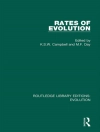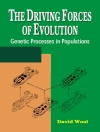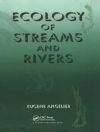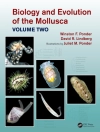Nannochloropsis: Biology, Biotechnological Potential and Challenges opens with a review suggesting that transgenic Nannochloropsis microalgae have a broad spectrum of applications in marine and plant biotechnology and that have the propensity to be a source of raw material for a wide range of industries. The authors express this while going on to present an overview of the future uses of this genus in the context of genetic improvement for new biotechnological applications. The provision of nitrogen from different sources is presented as a strategy used to modify the biomass composition. Nitrate is the ideal nitrogen source and gives the highest biomass concentration and specific growth rate when compared with urea and ammonium. Additionally, modern advancements in the application of Nannochloropsis biomass for commodity chemicals, feeds, high value products, biofuels, cosmetics, fertilizers, and materials production are presented, in conjunction with challenges and future perspectives in the utilization of Nannochloropsis biomass for biorefinery development in microalgae-based industries. The characteristic of Nannochloropsis oculata are described using an integrated biorefinery approach based on palm oil milling as a model system. Subjects addressed include the bioengineering aspects for the conversion of light into biomass, co-location strategy to take advantages of the industrial wastes of energy, water and nutrients, productivities of the different reactor systems and configuration, use of palm oil mill effluent (POME) as a substitute source of nutrients, biomaterials co-utilization, bioenergy co-generation, downstream processing aspects for extraction, purification and conversion into value-added products for pharmaceuticals and functional foods. Continuing, common methods for characterization of b G from diatom and non-diatoms microalgae are described to conclude that Nannochloropsis (particularly Np UNAM) has significant potential for the industrialized production of b G. Lastly, the extraction of cytoplasmic soluble proteins is depicted as one of the challenges for effective development of microalgae biotechnological potential, with correctly selected Pulsed Electric Fields resulting in the release of cytoplasmic soluble proteins.
Marcel Jan & Przemek Kazik
Nannochloropsis [PDF ebook]
Biology, Biotechnological Potential and Challenges
Nannochloropsis [PDF ebook]
Biology, Biotechnological Potential and Challenges
ซื้อ eBook เล่มนี้และรับฟรีอีก 1 เล่ม!
รูป PDF ● หน้า 279 ● ISBN 9781536128444 ● บรรณาธิการ Marcel Jan & Przemek Kazik ● สำนักพิมพ์ Nova Science Publishers ● การตีพิมพ์ 2017 ● ที่สามารถดาวน์โหลดได้ 3 ครั้ง ● เงินตรา EUR ● ID 7217492 ● ป้องกันการคัดลอก Adobe DRM
ต้องใช้เครื่องอ่านหนังสืออิเล็กทรอนิกส์ที่มีความสามารถ DRM












